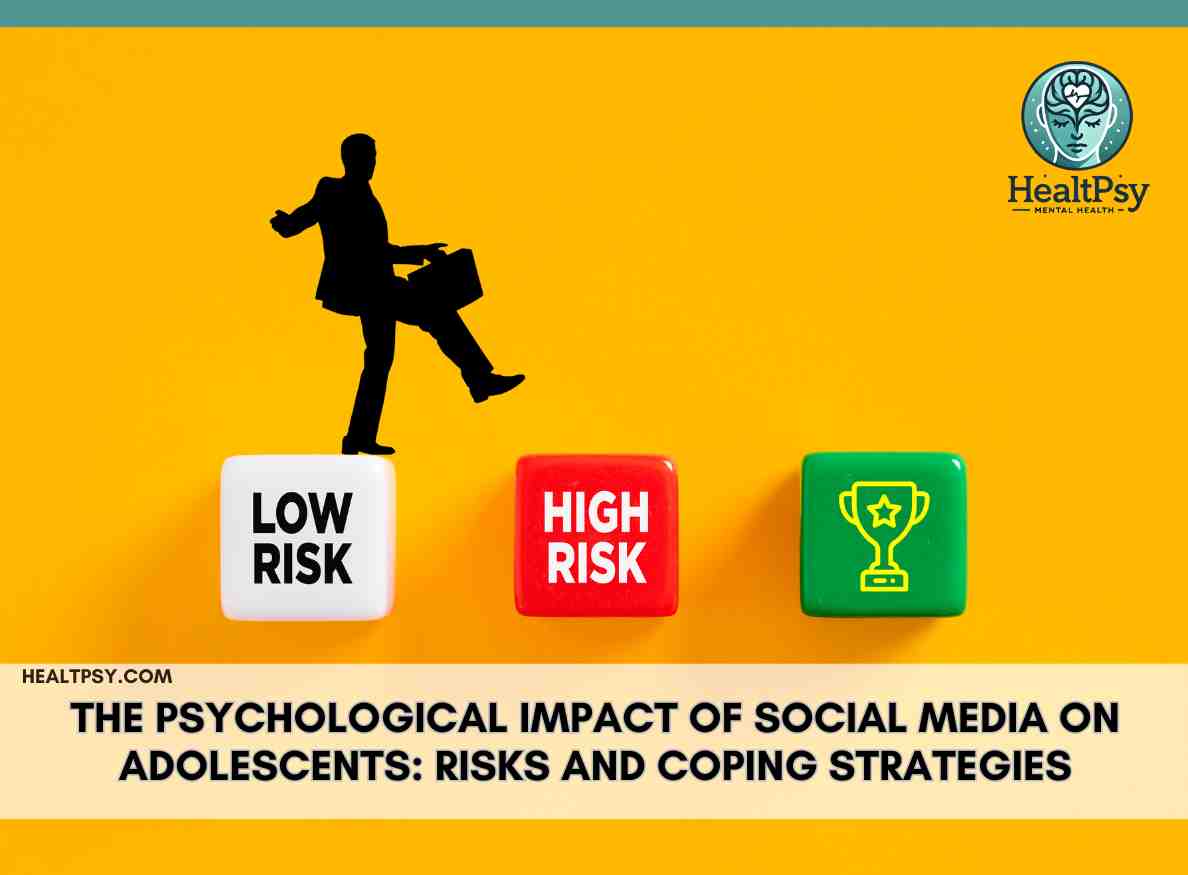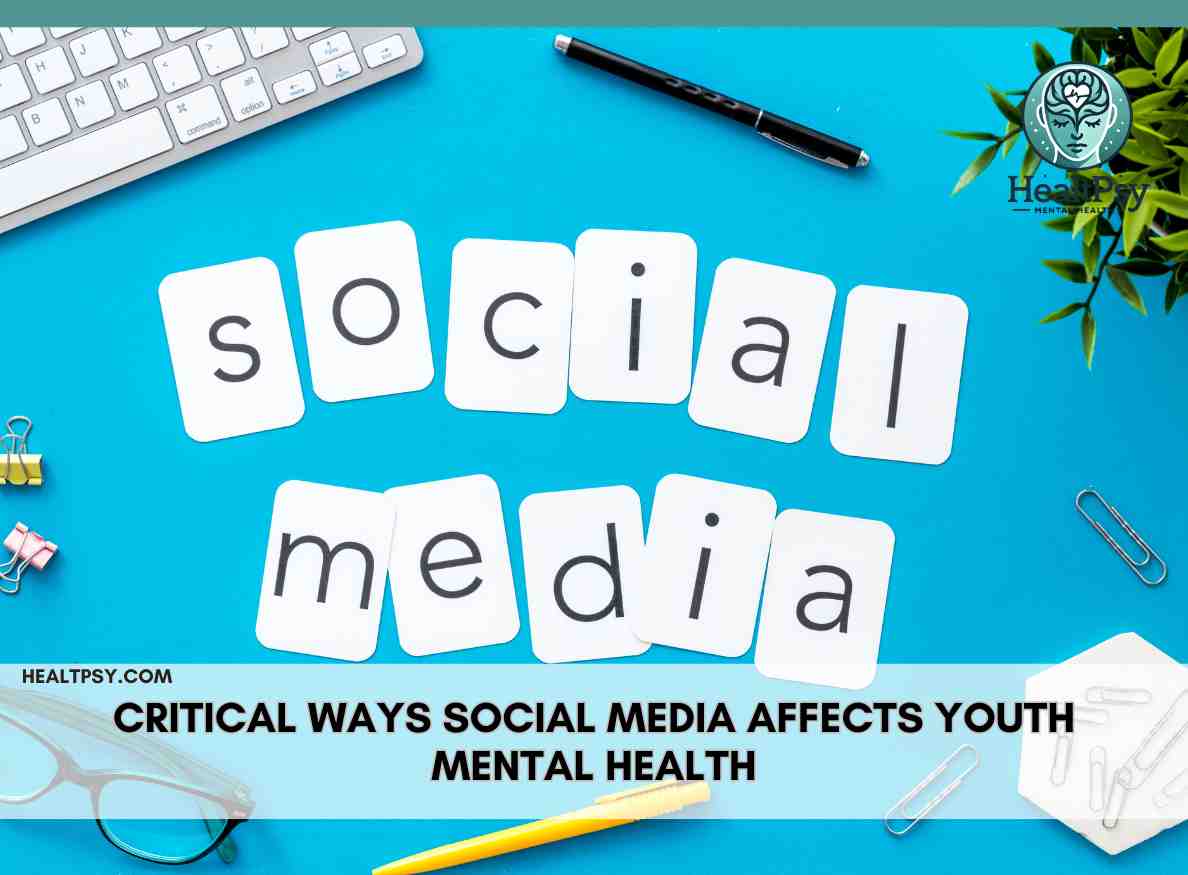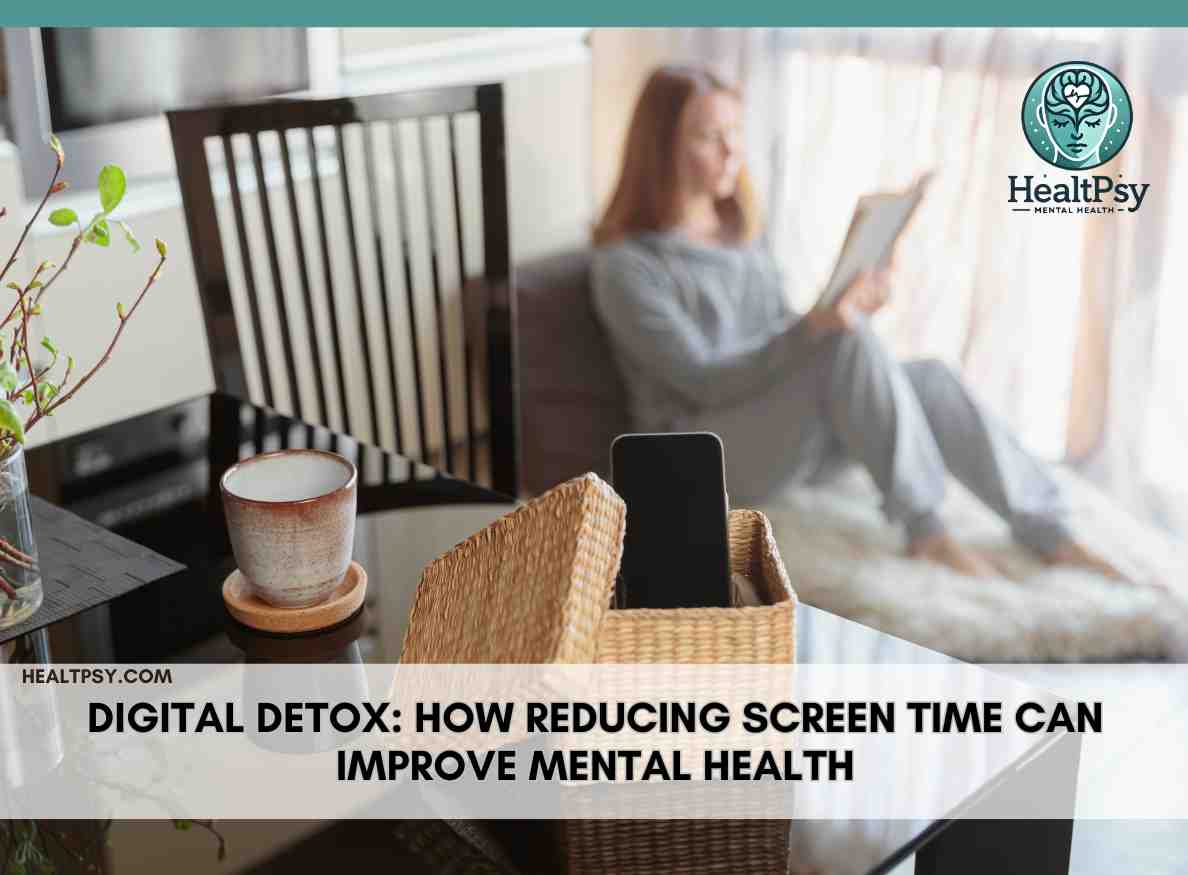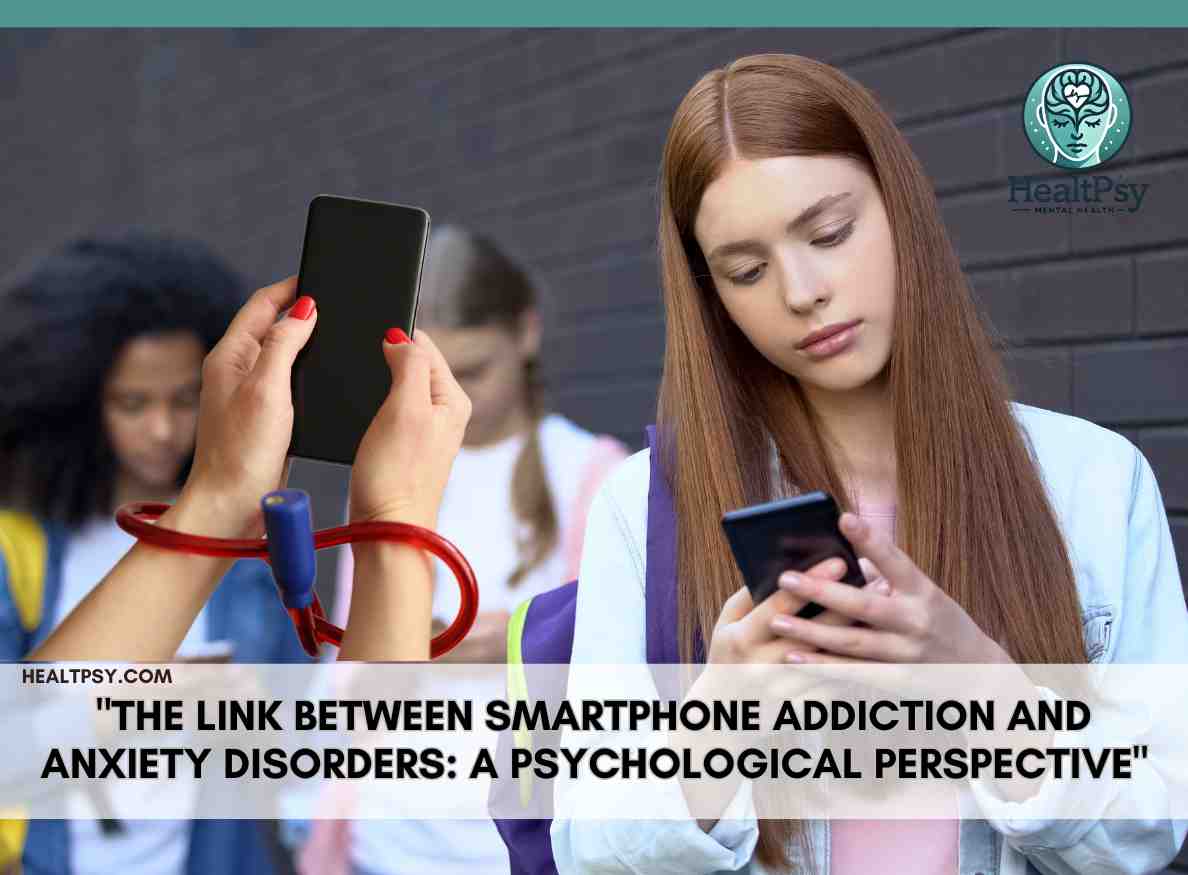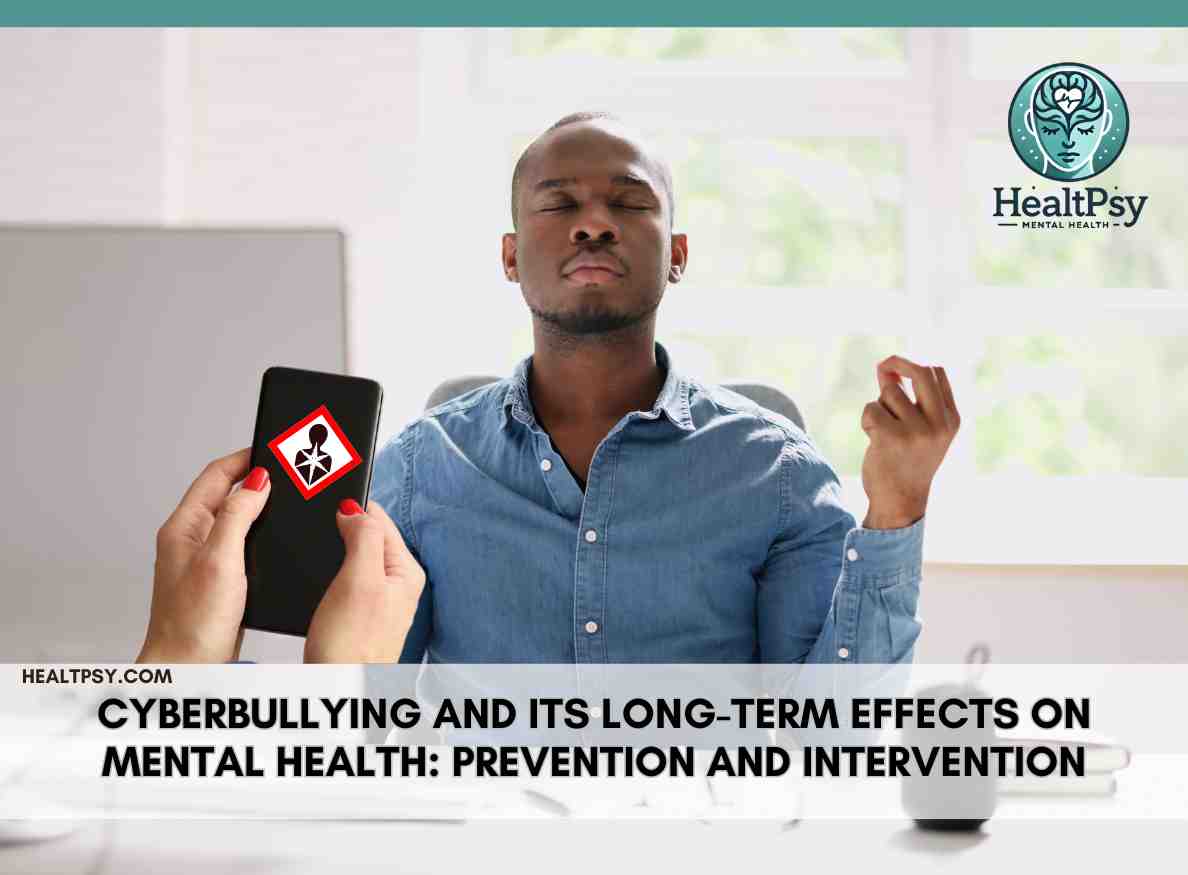7 Major Psychological Effects of Social Media on Adolescents
Introduction
The rise of social media has transformed the way adolescents interact, communicate, and perceive the world. While these platforms provide opportunities for self-expression, social connectivity, and access to information, they also present significant mental health risks. The American Psychiatric Association (APA) has highlighted concerns over increased depression, anxiety, and social comparison among adolescents due to excessive social media use. This article explores the harmful psychological effects of social media on adolescents and outlines effective coping strategies to promote healthier digital engagement.
For further reading on social media’s impact on mental health, visit the American Psychiatric Association (DoFollow).
The Psychological Risks of Social Media for Adolescents
While social media can offer a platform for creativity and peer support, excessive or unregulated use has been linked to various psychological and emotional challenges.
1. Increased Depression and Anxiety
Numerous studies indicate that excessive social media use contributes to higher rates of depression and anxiety among adolescents. Factors influencing this include:
- Social Comparison: Constant exposure to curated images and seemingly perfect lives can lead to feelings of inadequacy and low self-worth.
- Fear of Missing Out (FOMO): Seeing peers engage in activities can create anxiety about being excluded or not measuring up.
- Cyberbullying: Online harassment can have severe psychological effects, leading to social withdrawal and self-esteem issues.
2. Addiction and Compulsive Behavior
Social media platforms are designed to maximize user engagement through:
- Endless scrolling features, which make it difficult for adolescents to disengage.
- Dopamine-driven reward systems, where likes and comments trigger pleasure responses, reinforcing compulsive checking.
- Disrupted sleep patterns, as many adolescents engage in late-night screen time, leading to fatigue and emotional instability.
3. Negative Impact on Self-Image and Body Dissatisfaction
Platforms like Instagram and TikTok expose adolescents to unrealistic beauty standards and filtered images, increasing body dissatisfaction. Studies show that:
- Exposure to edited images correlates with increased body image concerns.
- Adolescents who frequently compare themselves to influencers report lower self-esteem.
- Overuse of social media contributes to disordered eating behaviors among teens.
4. Social Disconnection and Loneliness
Despite being designed to enhance social connectivity, social media can sometimes have the opposite effect by:
- Replacing in-person interactions with digital communication, reducing emotional depth.
- Creating pressure to maintain an online persona, leading to emotional exhaustion.
- Exacerbating loneliness, as passive social media use fosters detachment rather than genuine connection.
Coping Strategies for Healthier Social Media Use
To mitigate these risks, adolescents, parents, and educators must adopt strategies to promote mindful and balanced digital engagement.
1. Digital Detox and Screen Time Regulation
Adolescents should be encouraged to:
- Set daily screen time limits to avoid excessive use.
- Schedule “no-screen” hours, especially before bedtime.
- Engage in offline activities, such as exercise, reading, and hobbies, to maintain a balanced lifestyle.
2. Encouraging Critical Media Consumption
Teaching adolescents to critically evaluate social media content can help them navigate digital spaces safely. Key skills include:
- Recognizing edited and unrealistic portrayals of life.
- Understanding how algorithms influence content exposure.
- Distinguishing between healthy inspiration and harmful social comparison.
3. Strengthening Social and Emotional Resilience
Building resilience helps adolescents manage negative emotions associated with social media. Strategies include:
- Developing self-worth beyond online validation.
- Fostering strong real-life friendships to reduce reliance on digital approval.
- Practicing mindfulness and self-compassion to counteract negative thoughts.
4. Parental and Educational Support
Parents and educators play a crucial role in guiding healthy social media habits by:
- Creating open conversations about social media’s impact on mental health.
- Using parental control tools to limit exposure to harmful content.
- Encouraging a balanced approach to technology use.
For more insights into adolescent mental health, visit our article on Psychological Support and Therapy.
The Role of Social Media Companies in Protecting Adolescent Mental Health
Tech companies must take responsibility for creating safer online environments by:
- Implementing stronger content moderation to prevent cyberbullying and harmful material.
- Designing healthier engagement features that encourage breaks and mindful usage.
- Providing educational resources on digital well-being for young users.
For related insights, check out The Importance of Social Support in Treating Psychological Disorders.
Conclusion
While S/media can be a valuable tool for connection and self-expression, its unchecked use poses significant risks to adolescent mental health. By adopting responsible digital habits, promoting media literacy, and ensuring support from parents and educators, adolescents can develop healthier relationships with social media. Additionally, tech companies must prioritize ethical responsibilities to safeguard young users’ psychological well-being.
For further mental health resources, check out our article on How to Maintain Mental Health.
you might also like

